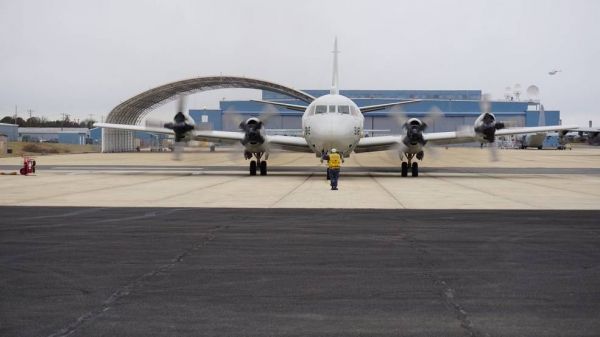It’s the most wonderful time of the year – the time NASA’s SnowEx campaign hits the skies and ground of the world’s snowy places, measuring snow properties to understand how much water is contained by each winter’s snowfall.
Snow is a vital source of water for drinking, agriculture and electrical power in the western United States and other locations around the world. To know how much water will be available the following spring, water resource managers and hydrologists need to know where snow has fallen, how much there is and how is characteristics change as it melts. Measuring snow water equivalent, or SWE, tells them how much water is contained within the snowpack.
NASA currently has no global satellite mission to track and study SWE. SnowEx’s airborne measurements, ground measurements and computer modeling are paving the way for future development of a global snow satellite mission. Here are some things they will be watching for in the 2020 campaign.
Snow is challenging to measure because its characteristics change depending on what terrain it falls on, how deep it is and whether it is melting. No one tool or measurement can measure all types of snow all the time, the team said.
Continue reading at NASA Goddard Space Flight Center
Image via NASA Goddard Space Flight Center


